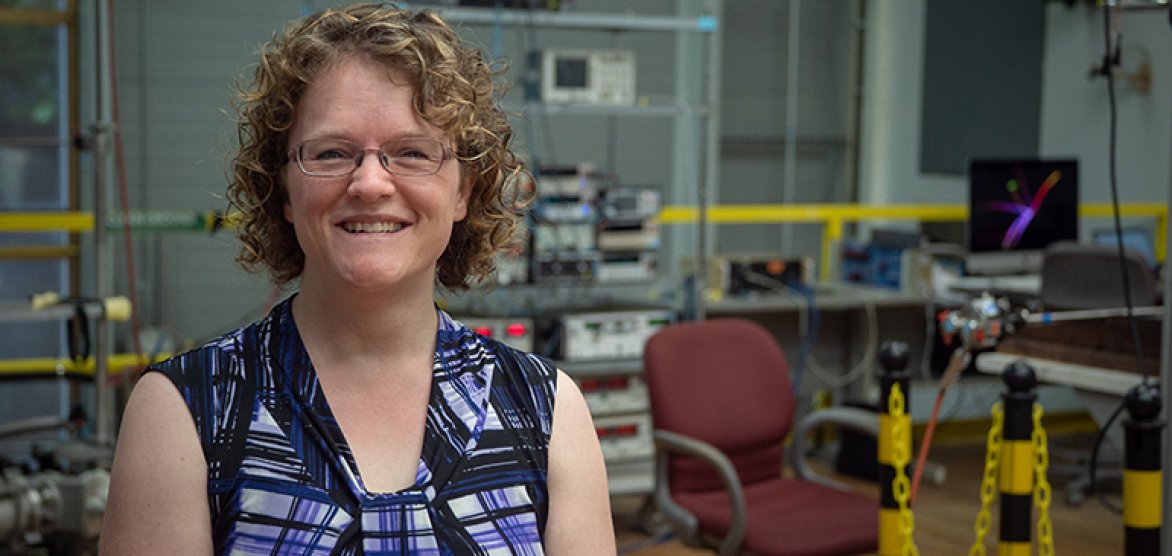
Researchers investigating magic-angle graphene have obtained the most definitive evidence to date of the electronic characteristics responsible for its superconductivity, clarifying years of conjecture regarding its peculiar behavior.
‘The initial discovery of superconductivity in magic-angle graphene was unexpected,’ remarks Jeong Min Park from Princeton University. ‘Graphene on its own did not exhibit superconductivity, yet merely twisting its layers transformed it into one.’
This transformation occurs because twisting two or more graphene layers at a highly specific angle – known as the magic angle – causes electrons within the system to decelerate significantly. ‘When [this happens], their interactions become much stronger, leading to … novel behaviors absent in the individual layers,’ explains Park.
A notable aspect of magic-angle graphene is its extreme adaptability. ‘By applying minor voltages nearby, a technique called gating, you can convert the same device into a superconductor, an insulator, or even a magnetic substance,’ states Park. ‘One piece of magic-angle graphene can function like thousands of different materials that can be adjusted between.’
Yet, this flexibility comes with a drawback: numerous electronic states are clustered closely together, and their signals can overlap, complicating the identification of the desired electronic state. ‘This intricacy is a significant factor in why its superconductivity has remained an enduring enigma,’ remarks Park.
To address this, Park and colleagues from Pablo Jarillo-Herrero’s team at the Massachusetts Institute of Technology utilized a blend of tunneling spectroscopy and transport measurements to supply direct evidence linking a particular electronic gap to the superconducting state of magic-angle graphene.
‘Each experimental method unveiled a different facet of the puzzle,’ she elucidates. ‘Transport measurements indicate when electricity flows without resistance, which helps us confirm that the material has transitioned to a superconducting state… In contrast, tunneling spectroscopy reveals the energy structure of the electrons directly and allows us to potentially observe the superconducting gap.’
They uncovered the coexistence of two distinct energy scales: the first is a small, low-energy gap that vanishes at a critical temperature and magnetic field, marking it as the genuine superconducting gap. The second is a larger ‘pseudogap’, which Park theorizes could indicate a precursor state where electron pairs have formed but full superconductivity has not yet occurred, or it might reflect another electronic phenomenon that facilitates superconductivity.
‘This finding fundamentally contests the simpler, single-gap model,’ notes Antonio Castro Neto from the National University of Singapore, who was not part of the research. ‘It offers the clearest indication thus far that superconductivity in this material is “unconventional,” likely involving electron pairs with a more intricate structure.’
In addition to resolving a long-standing riddle, this research establishes the groundwork for developing quantum materials that could drive future ultra-efficient quantum technologies. ‘Magic-angle graphene boasts a diverse array of quantum phases,’ states Park. This makes it potentially advantageous for the construction of quantum electronic circuits.
‘Nonetheless, we are still distant from practical applications,’ adds Castro Neto. ‘Significant challenges remain, including the extremely low operating temperatures, material stability concerns, and limited current capacity. The primary merit of this discovery lies within fundamental science.’